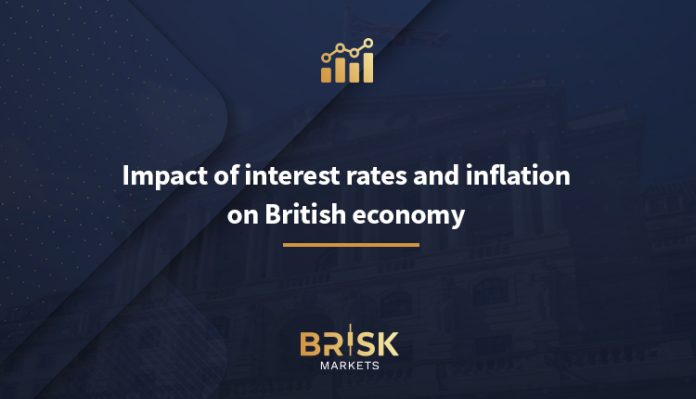
UK borrowers face a long wait for interest rates to be cut, with experts suggesting the Bank of England is not ready to take that step at the moment. The bank’s Monetary Policy Committee, which is responsible for setting interest rates in the UK, is expected to remain at the same current interest rate of 5.25% in its next announcement on Thursday. This rate has stabilized at this rate since August of last year.
Waiting for extended periods of time for borrowing costs to reduce may be difficult for some individuals. At the Monetary Policy Committee meeting in March, only one member voted in favor of a 0.25% rate cut, while the other members chose not to change. Although there is a general trend towards lower interest rates, experts believe that this is unlikely to happen this time, and the interest rate is expected to remain at 5.25% for the sixth time in a row.
There is also a possibility that a new member of the Monetary Policy Committee will join the “accommodation camp” and vote in favor of a rate cut on Thursday. Interest rates act as a means of controlling inflation in the UK, which has been declining significantly since 2022 due to rising energy costs and a worsening cost of living crisis.
According to the latest official figures, Consumer Price Index (CPI) inflation fell to 3.2% in March. However, wage growth and inflation in the services sector, two key economic indicators that reflect ongoing challenges, remain challenging.
Last month, average wages continued to rise faster than the rate of inflation. In addition, data published in mid-April on service inflation and regular wage growth in the first quarter of 2024 received significant attention.
Interest rate and inflation expectations and their impact on the economy
The CPI is expected to see a decline in the inflation rate, as it is expected to reach the target level of 2% in May. This development may prompt the Monetary Policy Committee to take a decision to reduce interest rates to 5% at its next meeting in June. Economic studies also expect that the first interest rate cut will be announced in June.
The Bank of England is set to provide more information on its outlook for the economy and the path of interest rates in its latest monetary policy report, which will accompany an interest rate decision expected on Thursday. At the same time, the US Federal Reserve announced on Wednesday that it will keep its key interest rate unchanged, given insufficient progress in reducing inflation.
This could indicate that interest rates will continue to rise for an extended period, until there is more concrete evidence that rate increases are slowing, as Fed Chairman Jerome Powell hinted. In this context, investors are waiting for interest rates to be lowered in the United Kingdom.
The Bank of England must decide next week whether to indicate the timing of cutting interest rates for the first time since 2020, despite the risks associated with persistent inflation. Although inflation has fallen sharply, the labor market continues to show stability with wages growing at an estimated 6%. Financial markets are expected to evaluate the possibility of implementing the first interest rate cut by the Bank of England starting in September.
The political industries are showing mixed signals in this regard, with Bank of England Governor Andrew Bailey showing a willingness to cut interest rates this year due to declining inflation, and one policymaker voting in favor of cuts in February and March.
The importance of inflation expectations and the challenges of the Bank of England
Inflation expectations remain critical at the moment. The Bank of England may make some minor changes in its upcoming messages on May 9, although it is likely to lower its inflation rate expectations. This is intended to indicate that markets are underestimating the possibility of interest rate cuts in the future. The importance of managing expectations is to avoid raising excessive risks related to the possibility of interest rate cuts, which could negatively impact the British pound and complicate efforts to restore inflation to the target level.
The complexities of wage expectations: The Bank of England faces a real challenge in deciding whether it should start cutting interest rates in the near future. On the one hand, it is noted that the annual consumer price inflation rate in the United Kingdom has fallen to 3.2%, which is still higher than the target of 2% set by the Bank of England. However, steady wage growth poses another challenge, as it can lead to increasing inflationary pressures over time.
Warnings of a wage and price spiral: In the latest reading, data from the Office for National Statistics showed that annual profits rose by 6%, defying expectations for a slowdown in this growth. Many Bank of England policymakers have expressed concern that such large pay rises may contribute to persistent inflationary pressures.















